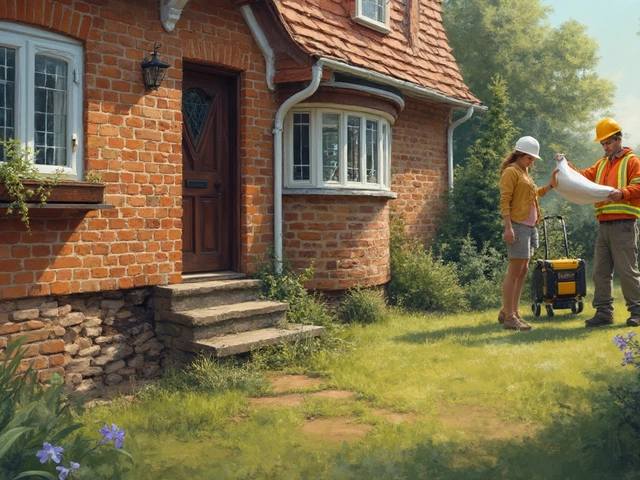Steel in Construction: What You Need to Know
If you’re planning a build or a remodel, steel is one of the first materials you’ll hear about. It’s strong, versatile, and surprisingly easy to work with once you get the basics down. In this guide we’ll break down the key steel types, where they fit in a project, and how to pick the right product without wasting time or money.
Why Choose Steel?
Steel doesn’t rot, it won’t warp with moisture, and it can handle heavy loads that wood simply can’t. That makes it ideal for foundations, roof trusses, joists and even decorative elements. Because it’s recyclable, you also get a greener option compared to many alternatives. The real win is speed – steel components are often pre‑fabricated, so you can cut down on on‑site labor.
Common Steel Types and Their Uses
Carbon steel is the workhorse. It’s used for everything from rebar in concrete to the frames of industrial buildings. Look for grades like ASTM A615 for rebar or ASTM A36 for structural beams.
Stainless steel resists corrosion, so it’s perfect for areas exposed to water or chemicals – think balcony railings, kitchen equipment and coastal projects.
Galvanised steel gets a zinc coating that adds corrosion protection at a lower cost than stainless. It’s a common choice for roofing, wall studs and fencing.
When you’re buying, check the mill certificate. It tells you the exact grade, tensile strength and any special treatments that have been applied.
Now that you know the basics, here are three practical steps to get steel right for your project.
Three Simple Steps to Choose the Right Steel
1. Match the load. Talk to a structural engineer or use a trusted calculator to figure out how much weight your steel members need to support. Over‑specifying can blow up the budget, while under‑specifying can lead to cracks later.
2. Check the environment. If you’re building near the sea or in a damp area, opt for stainless or galvanised steel. For interior walls and floors, plain carbon steel usually does the job.
3. Plan for delivery. Steel is heavy, so coordinate with your supplier on timing, loading equipment and site access. Ordering the right lengths and profiles up front saves you from costly cuts on the job site.
Working with a reliable supplier makes these steps smoother. At Lime Hillock Construction Material Resources we partner with local steel distributors who can provide up‑to‑date mill certificates and fast delivery. While our core business is limestone, we understand that steel often works hand‑in‑hand with our stone products – for example, steel reinforcement in concrete footings that support stone walls.
Finally, don’t forget safety. Steel edges can be sharp, and heavy sections need proper lifting gear. Always wear gloves, safety glasses and use a hoist or forklift when moving large pieces.
With the right steel choice, your project will be stronger, last longer, and stay on schedule. Use this guide as a quick reference, and when you need more detailed advice, dive into the articles linked on this page – they cover everything from foundation repair to roof budgeting, all with a focus on practical, real‑world solutions.
5 Primary Raw Materials in Construction: What Really Builds Our World

Ever wondered how skyscrapers, roads, and bridges come to life? This article breaks down the five main raw materials that make modern construction possible. You’ll get to know how each material is used, why they matter, and what makes them unique. There are some surprising facts and practical tips if you’re considering a project or just want to understand what’s really holding up our cities. Dive into the nuts and bolts (sometimes literally) of construction.
read more



